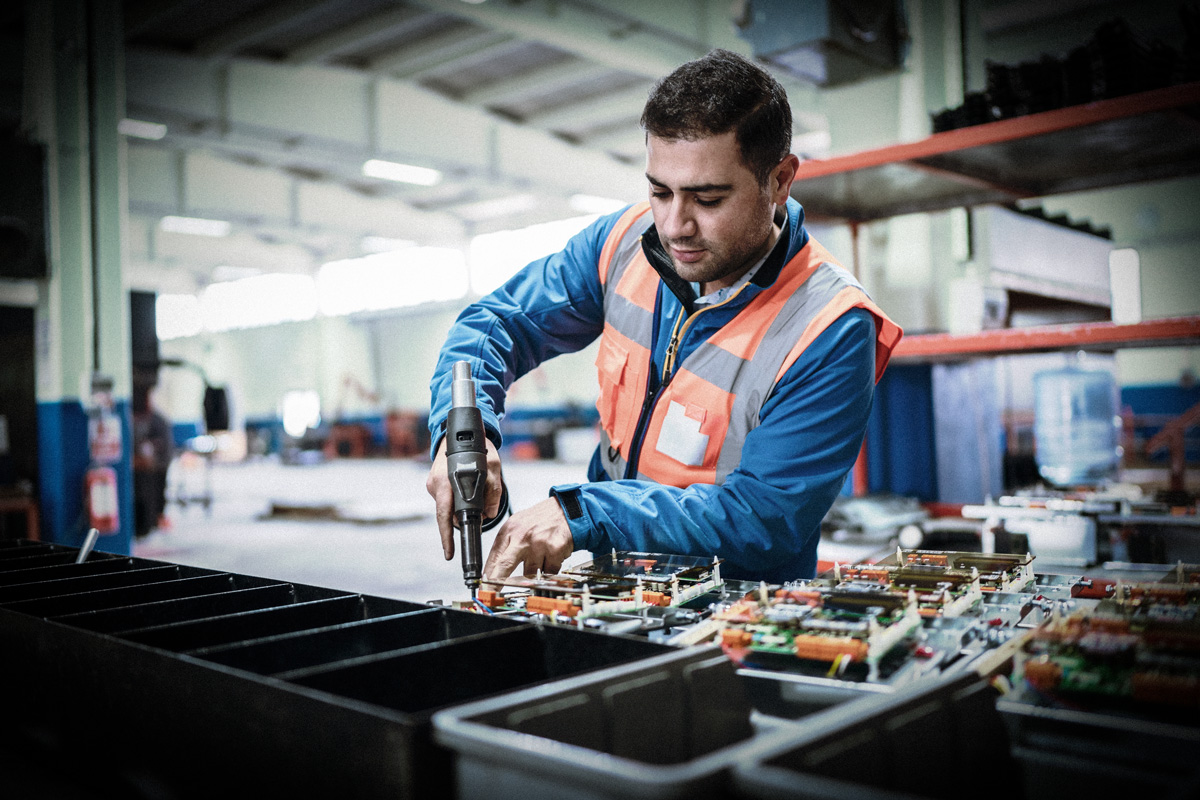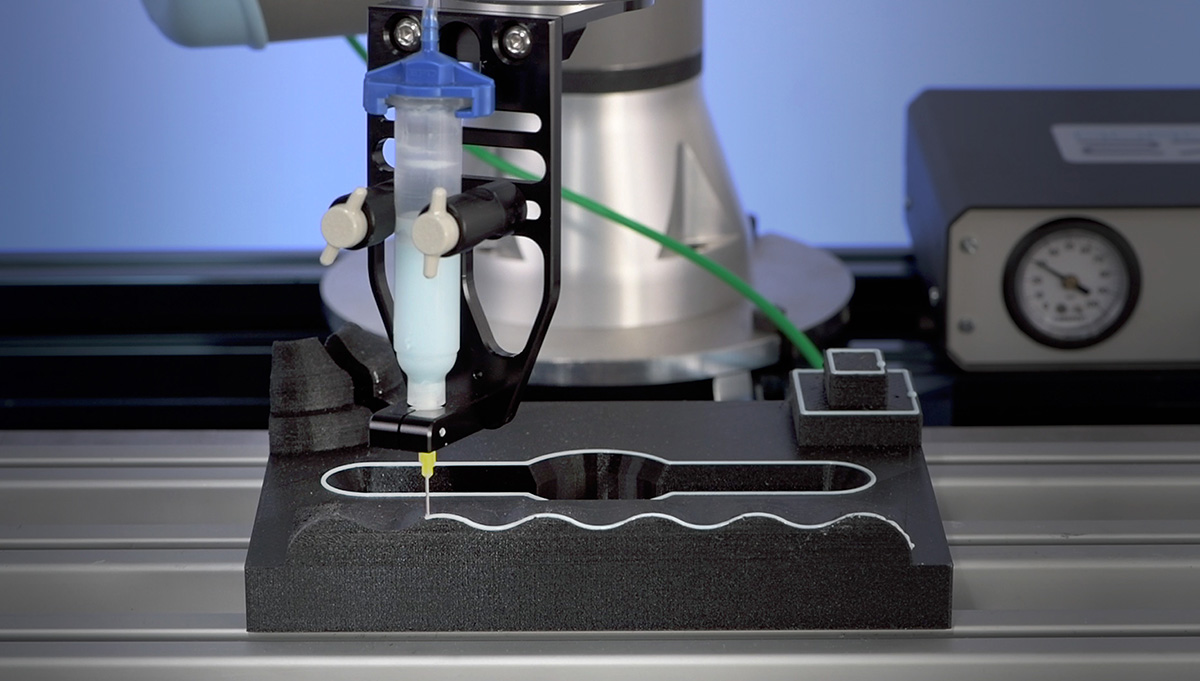Reduce Workplace Injuries Through Robotics

According to the Bureau of Labor Statistics, over 50,000 workplace injuries resulted in days off in 2019. These are injuries included sprains, tears, strains, soreness, and pain. Many of these injuries were avoidable, and many of them were due to performing repetitive tasks. You can reduce workplace injuries through robotics.
Understanding Injuries Due to Repetitive Motion
Whenever a task is repeated, there is a higher chance of injury over a long period of time. The resulting injury is called a “repetitive motion injury”. This is a general term that refers to ailments like tendinitis, bursitis, carpal tunnel, strains, numbness, or lasting pains.
The idea behind this type of injury is that many small motions can result in damage equivalent to one more serious injury. For example, someone bending their wrist slightly to apply lubricant hundreds of times to a small part can lead to damage equivalent to a dramatic one-time sprain or strain of the wrist.
Ergonomic concerns hold an important role with manual assembly operations. Working with parts for extended periods of time tends to leave the operator in awkward positions. Continual movement in these awkward positions result in repetitive motion injuries.
Injuries Hurt Your Business
Injuries are one of the worst things that can happen in a manufacturing business. There are many outcomes from an injury.
- Worsened quality of life for workers. First and foremost, injuries hurt your workers. With conditions like carpal tunnel, a worker’s life can be changed forever. It’s impossible to quantify how damaging a worsened quality of life is for someone.
- Loss of time and money. Between paid injury leave, days off, reduced production rates, and workplace injury claims, your operation can lose valuable time and money.
- Strained Workforce. When workers miss work due to injury, others must fill in to pick up the slack. Your workers are too valuable to divert them from their usual tasks.
Reduce workplace injuries through robotics

When you use robots in your operation, repetitive motion injuries are eliminated. Utilizing a collaborative robot arm to perform repetitive motions removes the burden of injury from your workers and your bottom line.
Automating just one part of your manufacturing process can significantly reduce the chance of worker injury. Collaborative robots are packed with onboard safety systems which make them ideal to work right alongside human workers without the need for bulky caging or other guarding.
Who Can Use Robots?
Any manufacturing facility can use robotics to help with its production line. Our clients come from a variety of industries, use robotics in different applications, and have a wide range of business sizes. Robotics are equally helpful for small businesses and large operations.
For example, many businesses have workers applying glue to small parts all day long. This type of operation takes a high degree of hand-eye coordination and fine motor skills to put the glue in the right place. Several of our customers reported that the quality of work for these operations early in the day was higher than work at the end of the day. These manufacturers can both improve quality and reduce injury by automating with a precise and efficient collaborative robot.
The bottom line is if you have manual operations in your manufacturing space, then you can benefit from using collaborative robots.
Conclusion
At Robot27, we help businesses reduce workplace injuries through automation. Our products and services, from material dispensing solutions to customized engineering and support, help businesses increase production and reduce downtime. Our goal is to minimize the impact of repetitive motion injuries in your facility. Reach out to us today for a free consultation.